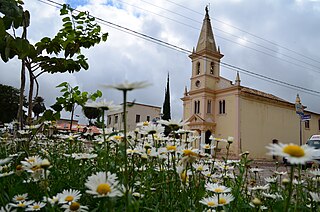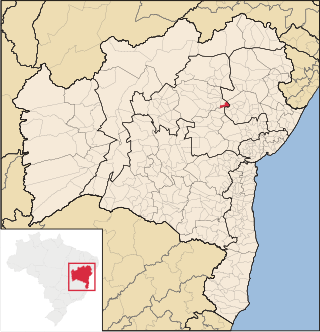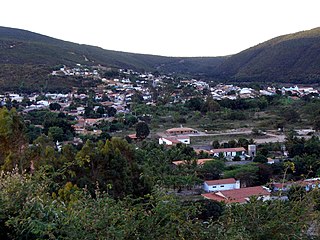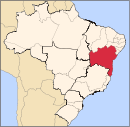History
The municipality of Bonito, located in the Chapada Diamantina region, originated in the late 19th century. At the time, a road connected neighboring towns, and the area where the city now stands became a resting point for travelers, thanks to the presence of a large tree that provided shade. This place, which initially served as a shelter, was gradually inhabited by immigrants, forming a small community. [8]
At the beginning of the 20th century, the town consisted of just a few residences. The holding of a regular fair, organized by the residents, marked the local economic development, reducing the dependence on travel to neighboring towns. Over time, the town continued to grow, attracting new residents from other regions. [8]
Agriculture was a key factor in the development of the area, especially coffee cultivation. The introduction of modern cultivation techniques and adaptation to local conditions allowed the consolidation of a promising agricultural activity. Financing projects and technical analyses ended up favoring the expansion of plantations, which contributed significantly to economic and population growth. [8]
Religion also played an important role in the formation of the community. Masses and religious celebrations marked the strengthening of social ties, culminating in the construction of a chapel with the collective support of the inhabitants. [8]
It was created as a district with the name of Bonito (former village), by State Law No. 4,031, of May 14, 1982, and integrated into the municipality of Utinga.
It was elevated to the category of municipality with its current name, by State Law No. 5,021, of June 13, 1989, separated from the municipality of Utinga. It was installed on January 1, 1990, with the inauguration of the first councilors and the first mayor, with his deputy, democratically elected. [9]
This page is based on this
Wikipedia article Text is available under the
CC BY-SA 4.0 license; additional terms may apply.
Images, videos and audio are available under their respective licenses.















